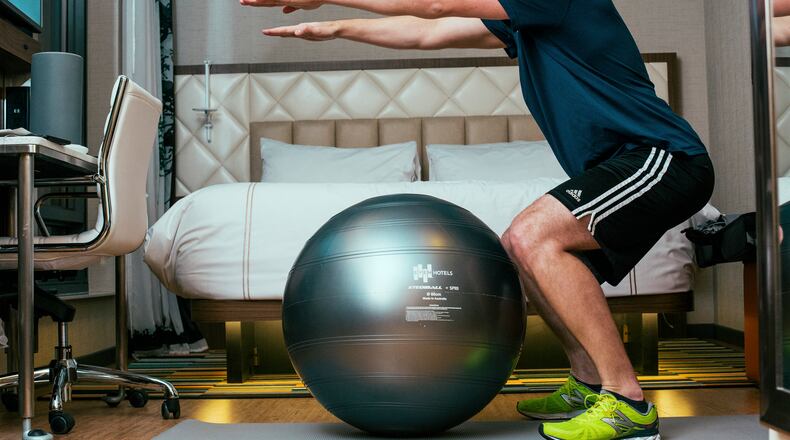Taking a step back affords an opportunity to look at the bigger picture. In other words, purposefully self-reflecting on everyday situations or habits nearly always reveals the behaviors sabotaging our goals. Once identified, a plan can be put into place that works for us, not against us.
Unfortunately for many people, the workplace reinforces a sedentary lifestyle, hardly conducive to weight loss and optimal health. Sitting for hours on end noticeably increases sluggishness and fatigue and zaps motivation for working out. Lack of activity also increases calorie consumption throughout the day (think candy dish on the desk, vending machines, office parties, fast food lunches) which are a normal part of most work environments. Some ideas:
On days when you haven’t adhered to being more active or eating more healthfully, make a note of why, and then assess whether or not it is a valid reason or an excuse. Examining the decisions you make will help you gain a deeper understanding of the problem.
Try using break times to get out and take mini walks. Thirty minutes of exercise doesn’t need to be all at once, it can be broken into 2 or 3 walks during the day which is manageable for most people, even with demanding schedules. For a 155 pound person, 30 minutes of brisk walking burns an average of 150 calories.
The leg muscles become very weak with too much sitting, which can lead to knee, hip and low back problems. Here, performing a few simple squats, getting up from your chair and sitting down again without using the armrests, goes a long way. For the midsection, sit toward the front of the chair, lean back, keeping both feet on the floor until you feel the abdominals tighten, pause for a few seconds and return to an upright position. To strengthen the upper body, hold onto the armrests of your chair and try pushing yourself up with little to no use of your legs. Pushups can be performed standing, using a wall, desk or other sturdy surface.
These are just a few of many ways to get back on track, with no need for a gym membership or setting aside hours on end. Along with greater activity levels, reduced calorie consumption is easiest met by substituting junk foods for quality nutrient dense foods.
Due to the postural changes that occur with prolonged sitting, it is also important to take time to stand up and stretch out throughout the day. This only takes a minute here and there and does wonders for joint stiffness and stress relief.
Marjie Gilliam is an International Sports Sciences Master certified personal trainer and fitness consultant. She owns Custom Fitness Personal Training Services LLC. Send email to marjie@ohtrainer.com.
About the Author
